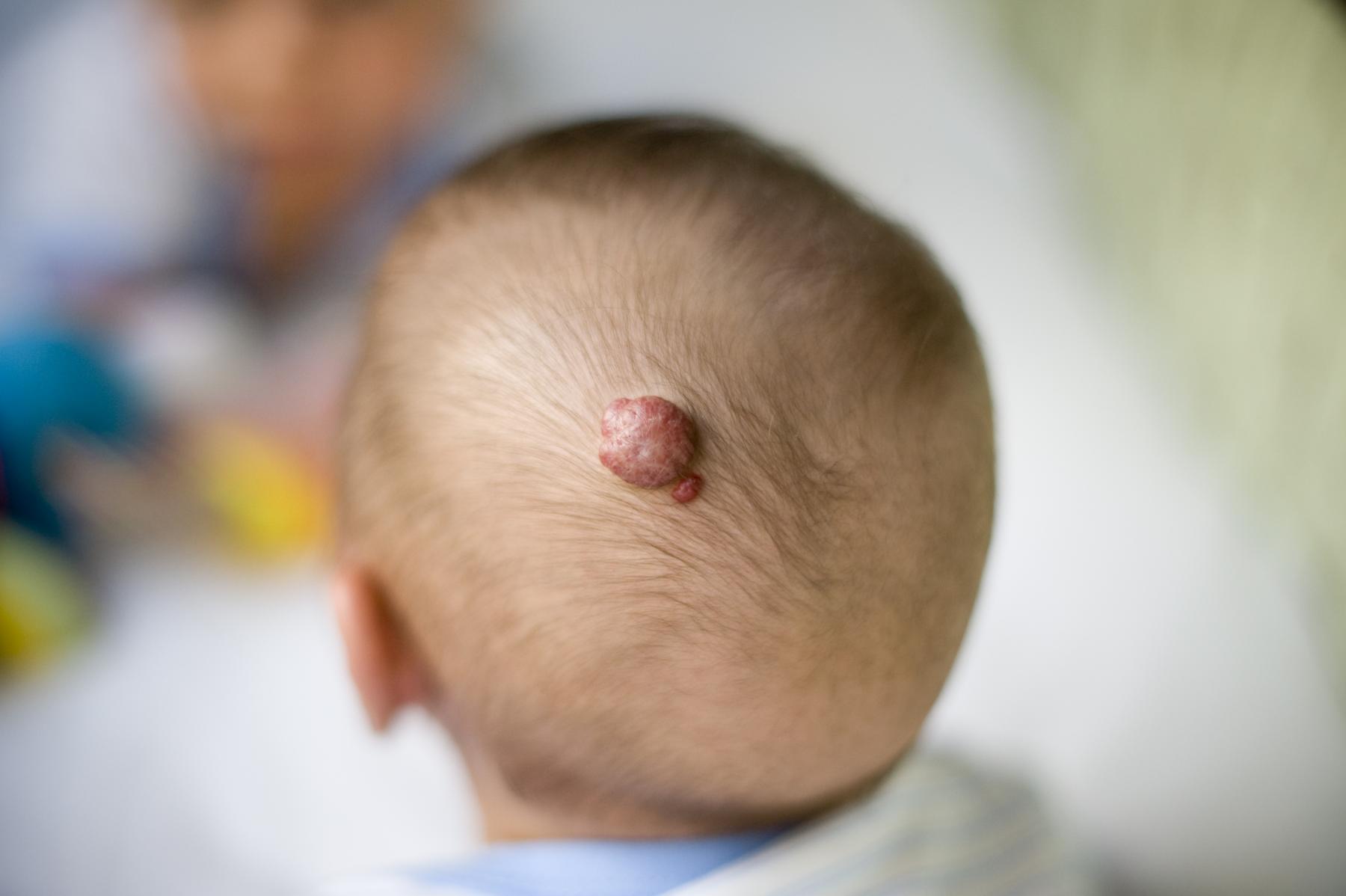
What is Central Diabetes Insipidus? Central Diabetes Insipidus (CDI) is a rare condition where the body doesn't produce enough antidiuretic hormone (ADH), also known as vasopressin. This hormone helps the kidneys manage the amount of water in the body. Without enough ADH, the kidneys can't concentrate urine, leading to excessive thirst and urination. Imagine feeling thirsty all the time and needing to drink water constantly. That's what life with CDI can be like. It affects about 1 in 25,000 people worldwide and can result from brain tumors, infections, trauma, or surgery affecting the hypothalamus or pituitary gland. Understanding CDI is crucial for managing its symptoms and improving quality of life.
Key Takeaways:
- Central Diabetes Insipidus is a rare condition causing excessive thirst and urination due to a lack of vasopressin. It can be caused by brain damage, tumors, infections, or genetic factors.
- Treatment involves replacing the deficient hormone with medications like desmopressin and regular monitoring to prevent complications. Family history and individual recovery patterns are important considerations.
What is Central Diabetes Insipidus?
Central diabetes insipidus (CDI) is a rare condition that affects the body's ability to regulate water balance. This happens due to a lack of antidiuretic hormone (ADH), also known as vasopressin. Here are some essential facts about CDI:
-
Definition: CDI is a condition where the body doesn't produce enough vasopressin, leading to an inability to concentrate urine and causing excessive thirst and urination.
-
Prevalence: It affects about 1 in 25,000 people worldwide, making it a rare disorder.
Causes of Central Diabetes Insipidus
Understanding the causes of CDI can help in its diagnosis and treatment. Various factors can lead to this condition:
-
Causes: The primary cause is damage to the hypothalamus or pituitary gland, which produce and secrete vasopressin. This damage can result from brain tumors, infections, trauma, or surgery.
-
Brain Surgery: Patients who have undergone brain surgery, especially transsphenoidal surgery, are at a higher risk due to potential damage to the hypothalamus or pituitary gland.
-
Brain Injury: Traumatic brain injuries, particularly those affecting the base of the skull, can lead to CDI by damaging the structures responsible for vasopressin production.
-
Brain Tumors: Tumors in the hypothalamus or pituitary gland can compress or destroy these areas, resulting in insufficient vasopressin production.
-
Infections: Infections such as encephalitis can cause inflammation in the brain, leading to damage in the regions responsible for ADH production.
-
Blocked Blood Flow: Reduced blood flow to the brain can impair the function of the hypothalamus and pituitary gland, leading to vasopressin deficiency.
-
Genetic Factors: Some cases may be associated with genetic mutations affecting the production or function of vasopressin. For example, familial congenital hypopituitarism with central diabetes insipidus has been reported.
Symptoms and Diagnosis
Recognizing the symptoms and understanding the diagnostic process is crucial for managing CDI effectively:
-
Symptoms: The hallmark symptoms include polyuria (excessive urination) and polydipsia (excessive thirst). Patients may also experience dehydration if they do not drink enough water to compensate for the excessive urine production.
-
Diagnosis: Diagnosis typically involves clinical evaluation, laboratory tests, and specific diagnostic procedures. These include urine tests to measure concentration, blood tests for vasopressin levels, and a water deprivation test to assess the body's ability to concentrate urine.
-
Differential Diagnosis: CDI must be differentiated from other conditions causing polyuria and polydipsia, such as nephrogenic diabetes insipidus (where kidneys do not respond to ADH) and primary polydipsia (excessive thirst due to psychological factors).
-
Water Deprivation Test: A standard diagnostic test for CDI. During the test, patients are deprived of water for a period, and their urine concentration is monitored. If the urine remains dilute, it suggests a deficiency in ADH production.
-
Vasopressin Measurement: Measuring plasma vasopressin concentrations can help confirm the diagnosis. However, this test is technically challenging and not widely available.
-
Copeptin Measurement: Copeptin, a peptide co-secreted with vasopressin, can serve as a reliable alternative for measuring ADH levels. This test is less invasive and more readily available than measuring vasopressin directly.
-
Thirst Ratings: Assessing thirst ratings can help differentiate between CDI and primary polydipsia. Patients with CDI typically experience intense thirst despite adequate hydration.
-
Investigations: Once the diagnosis is confirmed biochemically, further investigations are needed to determine the cause of the vasopressin deficiency. This may involve imaging studies like MRI or CT scans to identify any structural abnormalities in the hypothalamus or pituitary gland.
Treatment Options
Managing CDI involves replacing the deficient hormone and monitoring for complications. Here are the treatment options:
-
Treatment Options: The primary treatment involves replacing the deficient hormone with synthetic vasopressin analogs, such as desmopressin. This medication can be administered orally, intranasally, or intravenously depending on the severity of the condition and patient preference.
-
Desmopressin Dose Requirements: The dose required can vary significantly among patients. Factors such as age, body weight, and underlying medical conditions can influence the optimal dosage.
-
Side Effects of Desmopressin: While generally well-tolerated, desmopressin can cause side effects like hyponatremia (low sodium levels in the blood), headache, and nausea. Regular monitoring of electrolyte levels is essential to avoid these complications.
-
Long-term Management: Long-term management involves regular follow-up with healthcare providers to adjust medication doses as needed and monitor for any complications. Patients should also be educated on the importance of maintaining adequate hydration to prevent dehydration.
-
Complications: Untreated or inadequately treated CDI can lead to severe dehydration, electrolyte imbalances, and potentially life-threatening conditions. Therefore, prompt and appropriate management is crucial.
Special Considerations
Certain factors and conditions can influence the management and prognosis of CDI. Here are some special considerations:
-
Family History: Individuals with a family history of CDI are more likely to develop the condition. This suggests a possible genetic predisposition.
-
Clinical Insights: Large case series have provided valuable insights into the clinical presentation and management of CDI. These studies highlight the importance of comprehensive diagnostic evaluation and tailored treatment plans.
-
Radiological Remission: In some cases, radiological remission and recovery of thirst appreciation have been observed following treatment with infliximab, a medication used to treat autoimmune disorders.
-
Heterogeneous Patterns of Recovery: The recovery patterns of thirst in adult patients with adipsic diabetes insipidus (a rare form of CDI characterized by a lack of thirst sensation) can vary significantly, emphasizing the need for individualized management strategies.
-
Immune Checkpoint Inhibitors: Certain immune checkpoint inhibitors used in cancer treatment can induce central diabetes insipidus as a side effect, highlighting the complex interplay between immune modulation and endocrine function.
-
Idiopathic Central Diabetes Insipidus: A large cohort study on idiopathic central diabetes insipidus has provided insights into the epidemiology and clinical characteristics of this condition, underscoring the importance of comprehensive observational studies in rare diseases.
-
Management in Infancy: Central diabetes insipidus in infancy can be managed effectively using low renal solute load formulas and chlorothiazide, which help in reducing urine output and maintaining hydration.
-
Clinical Trials: Ongoing clinical trials are exploring new therapeutic strategies for CDI, including novel vasopressin analogs and combination therapies aimed at improving patient outcomes and quality of life.
Understanding Central Diabetes Insipidus
Central Diabetes Insipidus (CDI) is a rare but significant condition. It stems from insufficient production of vasopressin, a hormone crucial for regulating water balance. Without enough vasopressin, the kidneys can't concentrate urine, leading to excessive thirst and urination. Diagnosing CDI involves clinical evaluations, urine and blood tests, and sometimes a water deprivation test. Treatment typically includes desmopressin, a synthetic vasopressin analog, to manage symptoms. Regular follow-ups and monitoring are essential to avoid complications like dehydration and electrolyte imbalances. Understanding the causes, symptoms, and treatment options can significantly improve the quality of life for those affected. Ongoing research and clinical trials continue to explore new treatments, offering hope for better management of this challenging disorder. By staying informed and proactive, patients and healthcare providers can work together to effectively manage CDI.
Frequently Asked Questions
Was this page helpful?
Our commitment to delivering trustworthy and engaging content is at the heart of what we do. Each fact on our site is contributed by real users like you, bringing a wealth of diverse insights and information. To ensure the highest standards of accuracy and reliability, our dedicated editors meticulously review each submission. This process guarantees that the facts we share are not only fascinating but also credible. Trust in our commitment to quality and authenticity as you explore and learn with us.


